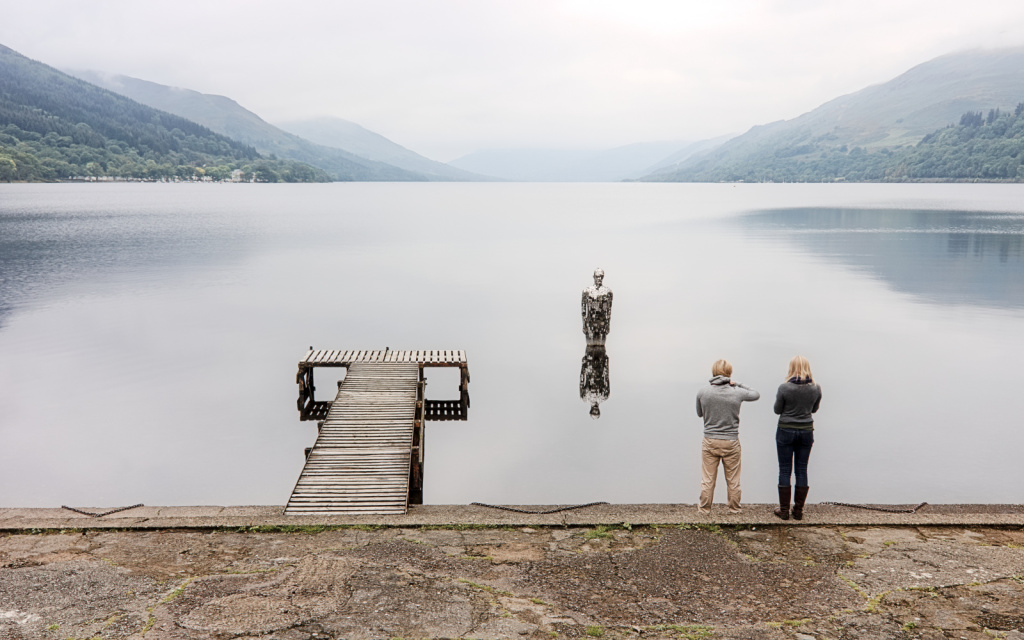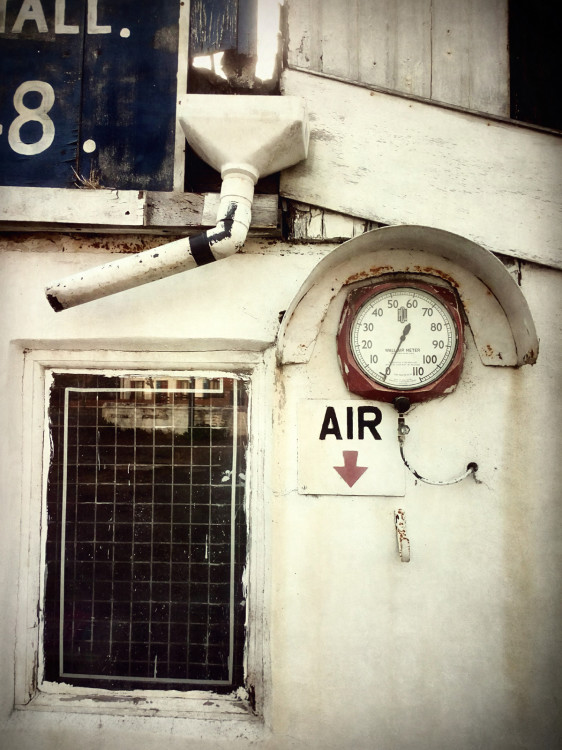Sadly, it’s not all good news at the glen – a few years ago, the Forestry Commission installed two paths, one wending its way between the trees like a play-park and the other using non-native sandstone paving flags to enlarge the walk beside the river – in the process, cementing its way through the pine trees’ roots. I am not impressed.
The other two photos in this set are a bit strange by my standards, too: shooting directly into the sun with only a few seconds to capture a crepuscular ray, I extended my usual HDR bracketing from 1EV to 2 stops either side; it’s taken me the last 6 months and no fewer than 10 re-processing iterations to make the best I can of that scene and the results are necessarily unrealistic in order to capture detail in both foreground and sky. The scene is from the path along the south side of Loch Affric to Kintail, beside Loch Salach a’Ghiubhais (“dirty loch of the pines”) – I have no idea what they did to merit such a title, as it seems a pretty gorgeous place to me.

